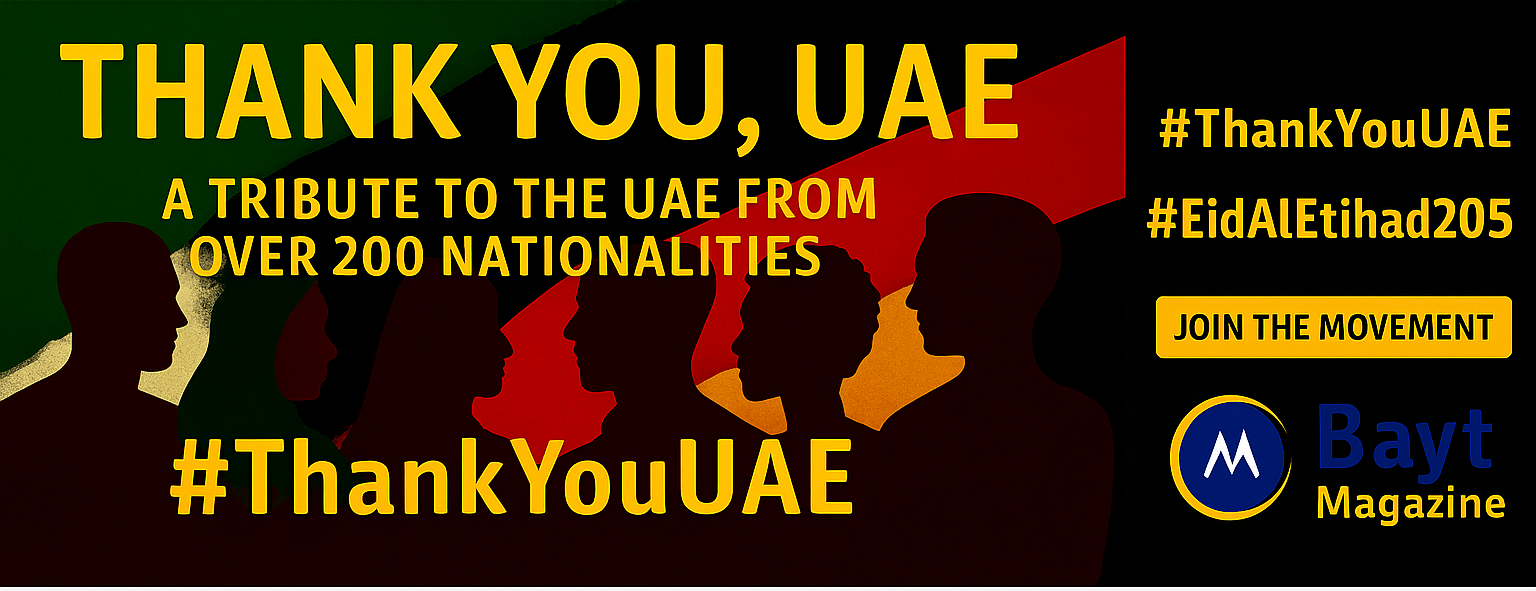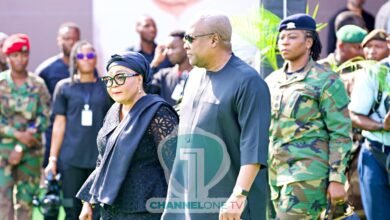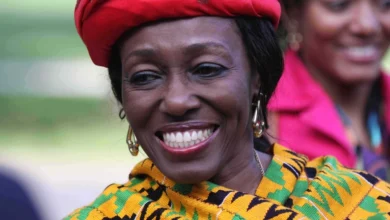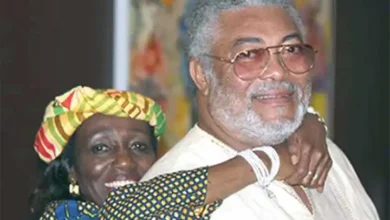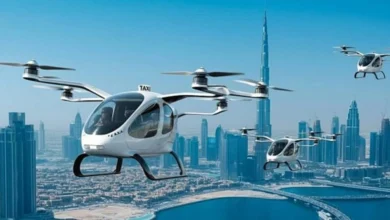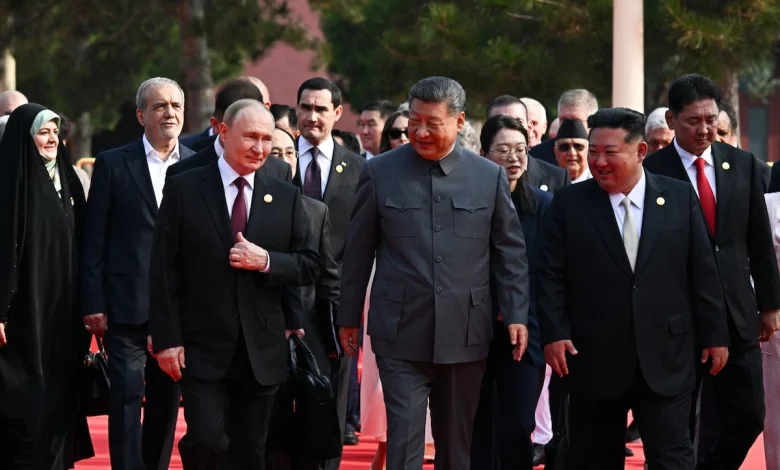
Beijing Power Display Signals New Era in European Defense
China’s massive military parade and summit clearly show a major change in global power dynamics that will forever change European security. The post-Cold War international order faces potential collapse. Beijing displayed its innovative hypersonic weapons, nuclear-capable missiles, and undersea drones while thousands of soldiers marched in formation.
More than 30 heads of states and international organizations participated in this powerful gathering. This event revealed the growing turmoil in international relations. President Putin and Chinese President Xi celebrated Victory Day together. Leaders from Iran, Russia, and other nations joined the summit. Their presence served as a political statement directed at the United States and the West. President Trump’s “America First” agenda has led to US withdrawal from the global stage. China seized this opportunity to deepen its bilateral ties with numerous countries. China’s repositioning and its barely hidden criticism of the United States and its alliance system highlight unprecedented challenges to European security frameworks in this emerging multipolar world.
Putin joins Xi in Beijing to signal global realignment
Image Source: Reuters
Chinese President Xi Jinping welcomed Russian President Vladimir Putin to Beijing, marking a major transformation in global alliances. The two leaders met at the Great Hall of the People, where Putin called Xi a “dear friend” as they strengthened their partnership.
Leaders from Iran, India, and North Korea attend summit
More than 20 leaders of non-Western countries gathered at the Shanghai Cooperation Organization (SCO) summit in Tianjin. India’s Prime Minister Narendra Modi made his first trip to China in seven years despite ongoing border disputes. His visit happened right after Trump slapped heavy 50% tariffs on Indian goods because Delhi bought Russian oil. Leaders from Iran, Pakistan, and Turkey also joined the China summit. North Korean leader Kim Jong Un traveled by armored train to attend his first multilateral diplomatic event since becoming leader in 2011.
Victory Day parade showcases military unity
The military parade marked the 80th anniversary of Japan’s surrender in World War II with more than 10,000 troops and hundreds of advanced weapons on display. Xi, Putin, and Kim stood together publicly for the first time, with the Russian and North Korean leaders positioned next to Xi on the reviewing stand. This carefully planned display showed off China’s advanced hypersonic weapons, nuclear-capable missiles, and undersea drones. China revealed its complete “triad” of nuclear-ready capabilities, which included air-based, submarine-based, and land-based intercontinental missiles.
Optics of camaraderie unsettle Western observers
Putin, Modi, and Xi were seen holding hands, embracing, and sharing rides – creating powerful images of unity against Western interests. Analysts called the gathering an “axis of upheaval,” as these leaders met without Western participation. Kim got a rare chance to stand with political heavyweights globally, despite international sanctions. President Trump responded with a sarcastic social media post as the parade began, writing: “Please give my warmest regards to Vladimir Putin, and Kim Jong Un, as you conspire against The United States of America”. Western leaders stayed away from the events noticeably.
China and India fund Russia’s war through energy and trade
Image Source: Al Jazeera
Russia has quietly secured economic support through stronger trade ties with Asia’s biggest economies to fund its Ukraine military campaign. China and India have stepped up their purchases of Russian energy at deep discounts. These purchases effectively support Moscow’s war efforts despite Western attempts to isolate the Russian economy.
Beijing and Delhi buy discounted Russian oil and coal
China and India have filled the gap as European countries cut back on Russian energy imports. They now buy record amounts of discounted oil. India has transformed from a small-scale buyer to importing nearly 2 million barrels daily at prices 30% below market rates. Chinese oil imports from Russia hit new records in May 2022. Their coal purchases grew 51% year-on-year through 2023. These countries conduct trades using their national currencies instead of dollars. This approach weakens Western financial sanctions.
Dual-use technology exports bypass Western sanctions
China has emerged as Russia’s key supplier of dual-use technology – items serving both civilian and military purposes. Russian imports of Chinese microchips, drone parts, and navigation systems have doubled since the war started. Ukrainian forces often find these components in captured Russian military equipment. Chinese firms also help Russia dodge SWIFT banking restrictions by offering alternative payment systems.
Economic pragmatism trumps ideological alignment
These major powers maintain relationships based on practical benefits rather than shared ideologies. India balances its defense partnerships between Russia and Western nations. China maximizes economic gains from Russia’s isolation while avoiding direct military aid that could trigger more sanctions. This calculated approach lets both Asian powers deny supporting Russia’s war while gaining economic benefits.
European security experts face a tough reality: sanctions cannot isolate Russia with such powerful economic alternatives beyond Western influence. Beijing and Delhi’s financial support has changed the fundamental dynamics of the Ukraine conflict.
Iran and North Korea deepen military ties with Russia
Image Source: CEPA
Russia has built unprecedented military alliances with Iran and North Korea as its war in Ukraine continues. These partnerships have created a network of authoritarian states that openly challenge Western sanctions.
Iran supplies Shahed drones and sanctions expertise
Moscow’s military operations now heavily depend on Iranian technology, especially the Shahed-136 drones that regularly strike Ukrainian infrastructure. Russia started by importing these weapons but later signed a AED 6.43 billion deal to make them locally. Russian factories currently produce over 5,500 drones each month. The production cost has dropped from $200,000 to about $70,000 per unit. Iran’s expertise extends beyond hardware – the country has taught Russia how to dodge international sanctions. Both nations made this partnership official through a joint declaration in December 2023.
North Korea offers manpower amid high Russian casualties
North Korea’s support has grown from simply supplying weapons to sending actual troops. The country has stationed about 11,000 soldiers in Russia’s Kursk region. Ukrainian intelligence suggests Pyongyang plans to send 25,000-30,000 more troops. The human cost has been steep – roughly 4,000 North Korean soldiers have died or suffered injuries. Pyongyang also supports Russia’s artillery needs with over six million shells and various missile systems.
Transactional alliances with limited long-term trust
These partnerships stem more from convenience than shared beliefs. Russia and North Korea strengthened their ties with a Comprehensive Strategic Partnership in June 2024. The relationship with Iran seems more complicated. Iranian officials have complained about unpaid contracts and Russia’s reluctance to share technology. Yet both countries maintain their support as Russia desperately needs military assistance for its Ukraine campaign.
Europe rethinks defense as Western dominance erodes
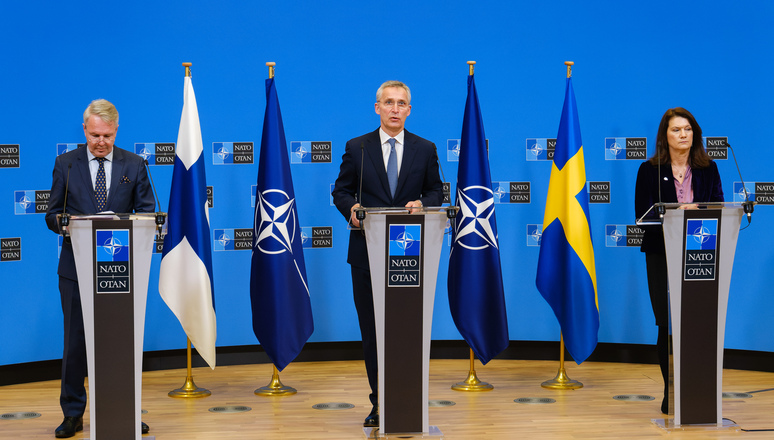
Image Source: NATO
European nations are rushing to strengthen their security frameworks as global power continues to move away from Western dominance.
Germany boosts defense spending, Sweden and Finland join NATO
NATO allies have pledged to invest 5% of GDP each year on defense and security-related spending by 2035. This includes a minimum of 3.5% for core defense needs. EU defense spending hit a record €343 billion in 2024, which marks a 19% increase from the previous year. German lawmakers gave their approval to a massive €500 billion infrastructure fund that exempts defense spending from strict debt rules. “The decision we are taking today can be nothing less than the first major step towards a new European defense community,” declared Friedrich Merz. Sweden and Finland’s entry has reinforced NATO’s geopolitical position in the High North, and both countries have surpassed the 2% GDP spending guideline.
Trump’s foreign policy fuels European insecurity
The United States has decided to stop supporting programs that help Eastern European armies prepare against potential Russian offensives. Trump’s consistent skepticism about NATO includes describing the EU as a “foe” created to “screw the US”. American commitment’s uncertainty has driven European efforts toward self-reliance, though many still hope “America will return after Trump”.
Analysts warn of a multipolar world reshaping global norms
Rules that guided the world for 75 years now seem increasingly fragile. A transition from U.S.-dominated unipolar world to a multipolar system creates significant volatility as power moves eastward to countries like China and India. This development has triggered an unprecedented arms race, and global defense spending grew by over 9% last year.
Beijing’s military parade shows a defining moment in global security structure. Western nations now confront a united group of countries ready to challenge long-standing international rules. China, Russia, Iran, and North Korea have showed their willingness to work together in military and economic spheres through practical partnerships rather than shared ideology.
Defense planners in Europe must adapt to this new multi-sided reality where sanctions can’t isolate opponents anymore. Russia has gained crucial economic support from China and India that changes the whole Ukraine situation. Moscow’s military capabilities have grown stronger through technology from Iran and troops from North Korea. These developments call for a complete review of how Europe approaches security.
NATO members have substantially increased their defense spending. Germany leads with a €500 billion fund for infrastructure improvements. The addition of Finland and Sweden makes Europe’s northern defense much stronger. In spite of that, doubts about American support under President Trump’s “America First” stance keep European anxiety high.
Clear signs point to lasting changes in how global power is distributed. The international system that emerged after the Cold War looks increasingly shaky as power moves east toward China and India. Without doubt, this transition has triggered an unprecedented race for arms, and defense spending worldwide has shot up dramatically.
European nations should get ready for a future where Western dominance no longer ensures their safety. The power display in Beijing isn’t just a temporary challenge – it marks the start of a new age that will transform global rules and partnerships for generations.


